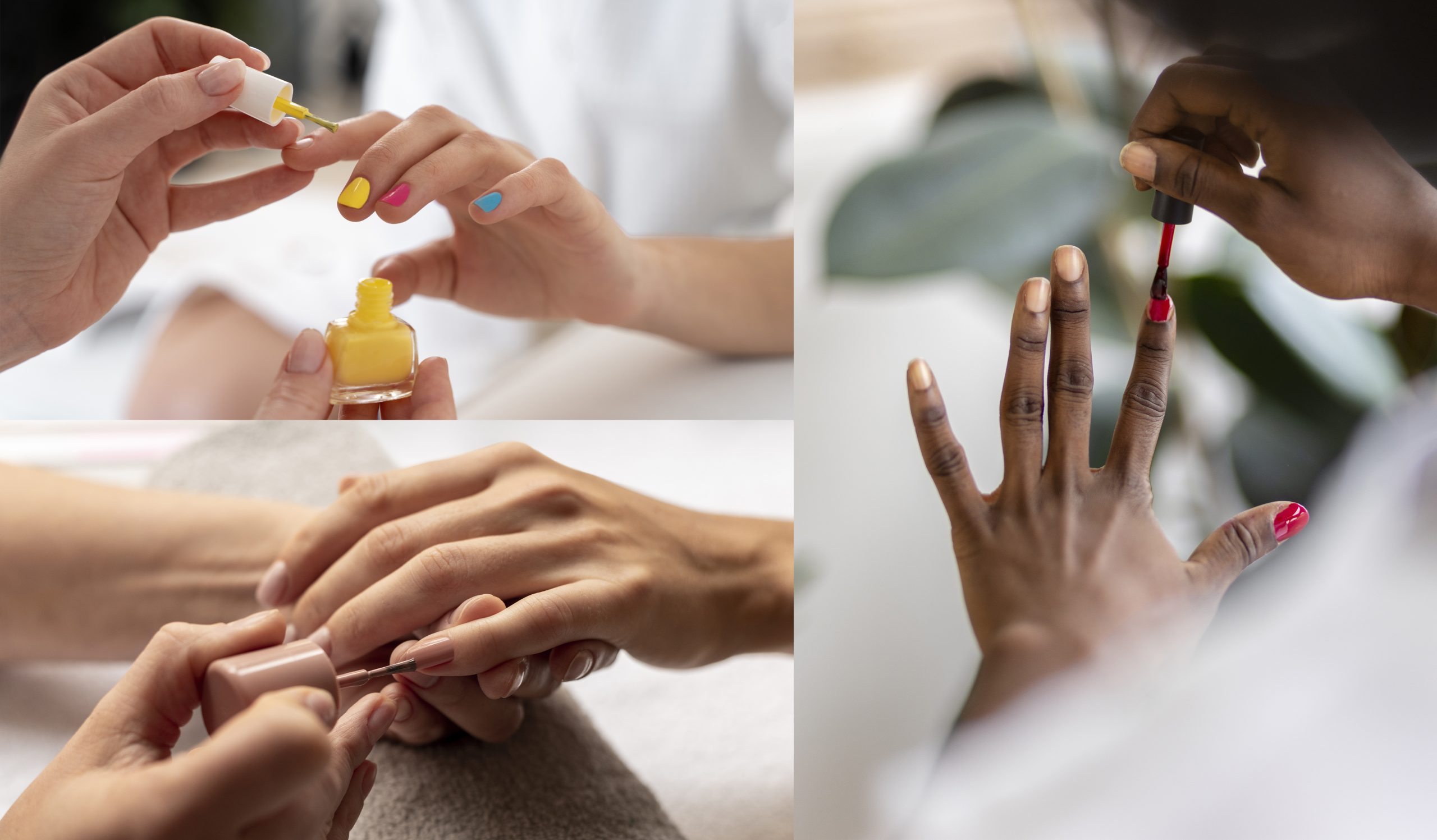
Home Hair Colouring vs Professional Hair Colouring in HAIRDRESSING / HAIR AND BEAUTY / COSMETOLOGY: What’s Right for You?
Hair colouring in HAIRDRESSING / HAIR AND BEAUTY / COSMETOLOGY has become a popular way to express individuality, enhance natural beauty, or cover those pesky greys. Whether you’re a DIY enthusiast or someone who prefers the expertise of a professional, the debate between home hair colouring and professional salon services is one worth exploring. Here, we delve into the pros and cons of each option to help you make an informed decision.

Home Hair Colouring
Home hair colouring in HAIRDRESSING / HAIR AND BEAUTY / COSMETOLOGY is an accessible and budget-friendly option, with countless products available at supermarkets and beauty stores. But is it the right choice for you?
Advantages:
- Cost-Effective: Box dyes and at-home kits are significantly cheaper than professional services, making them ideal for those on a budget.
- Convenience: Dyeing your hair at home means you can do it anytime, without the need to book an appointment.
- Variety: Many brands offer a wide range of colours and formulations, catering to different hair types and preferences.
Disadvantages:
- Limited Expertise: Without professional training, achieving the desired colour can be challenging, especially for complex techniques like balayage or highlights.
- Risk of Damage: Incorrect application or choosing the wrong product can lead to uneven results or hair damage.
- One-Size-Fits-All: Box dyes are not customized for your hair’s unique texture, colour history, or condition.
Professional Hair Colouring
Seeking the expertise of a trained hairdresser or cosmetologist ensures a personalized approach, but it comes at a higher cost.
Advantages:
- Expertise: Professionals understand hair structure, colouring techniques, and products, ensuring a tailored outcome.
- Advanced Techniques: Whether it’s ombre, balayage, or multi-dimensional tones, a stylist can execute complex styles flawlessly.
- Damage Control: Professional-grade products and proper application minimize damage while maintaining hair health.
- Guidance: Hairdressers can recommend colours and treatments that complement your skin tone and lifestyle.
Disadvantages:
- Expense: Salon visits can be costly, especially for advanced techniques or regular maintenance.
- Time-Consuming: Appointments can take several hours, depending on the service.
- Availability: Securing a slot with a good stylist often requires planning ahead.
What to Consider When Choosing
- Budget: If you’re cost-conscious, home colouring may be more suitable. However, for major changes, investing in a professional may save you from costly corrections.
- Skill Level: If you’re confident in your abilities, simple colouring jobs can be done at home. For intricate styles, it’s best to rely on a professional.
- Hair Type and Condition: Fragile or previously treated hair may benefit from the expertise of a stylist to avoid further damage.
- Longevity: Professional colouring often lasts longer due to higher-quality products and precise application.
Tips for Success
Home Colouring:
- Conduct a strand test to check the final result.
- Follow instructions carefully and use high-quality products.
- Use treatments to maintain colour and prevent damage.
Professional Colouring:
- Schedule consultations to discuss your goals.
- Follow aftercare advice from your stylist.
- Invest in salon-recommended products to extend the life of your colour.
Final Thoughts
Whether you choose to colour your hair at home or visit a professional salon depends on your goals, budget, and confidence level. While home colouring can be a great DIY project for simple changes, professional hairdressing services offer expertise and precision that’s hard to replicate. Ultimately, the key to stunning hair lies in making the right choice for your individual needs and maintaining your hair’s health and vibrancy.








